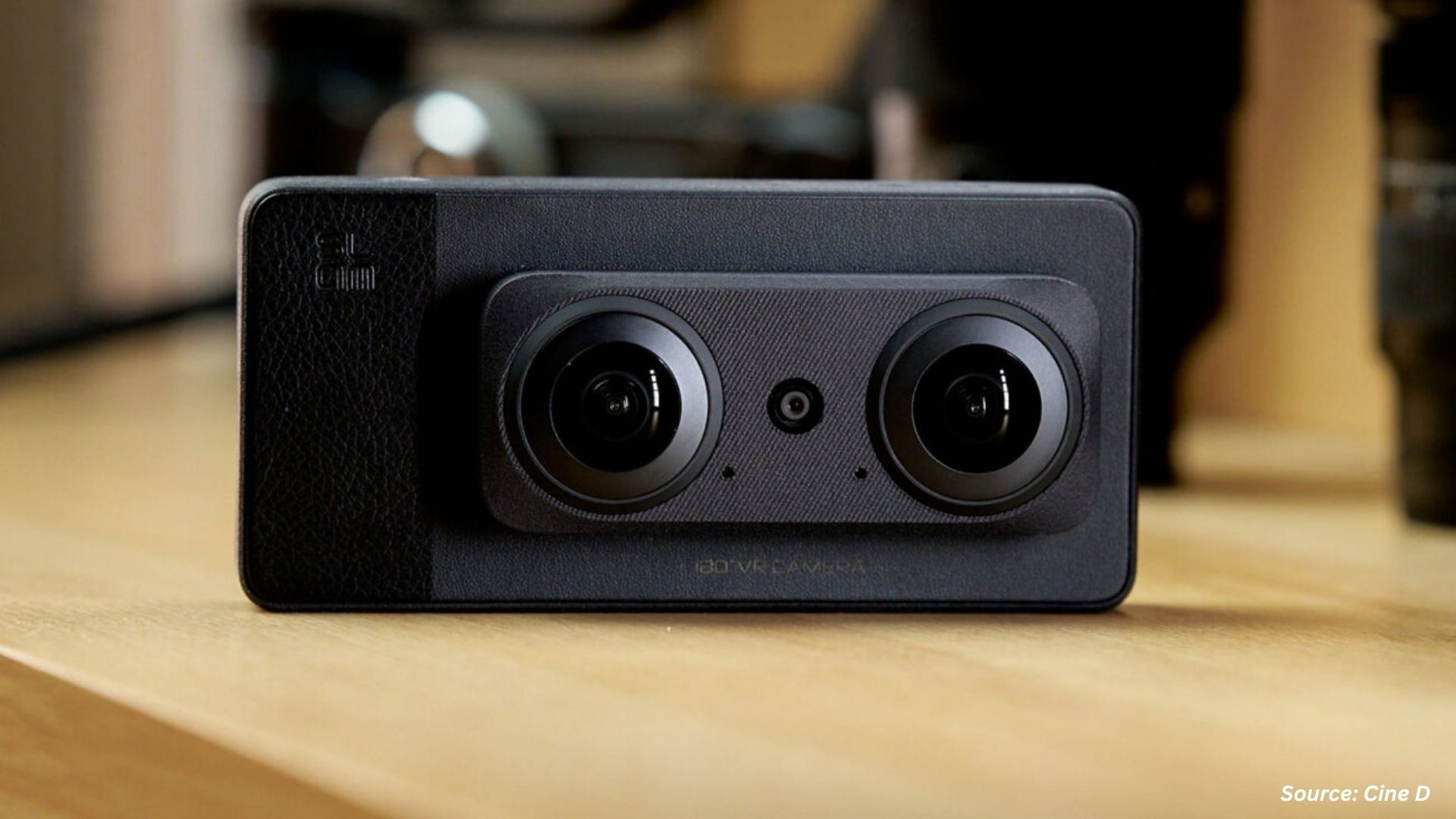
Ventilators Market by Type (Adult Ventilators and Neonatal/Pediatric Ventilators), by Mode (Volume- Mode, Pressure-Mode, Combined-Mode, and Others), by Interface (Non-Invasive Ventilator and Invasive Ventilator), by Mobility (Transportable ventilators and Intensive care ventilators), and by End-user (Hospitals & Clinics, Ambulatory Care Centers, Emergency Medical Services, Rehabilitation Centres, and Home Care Settings) - Global Opportunity Analysis and Industry Forecast 2024 – 2030
Market Definition
The Ventilator Market was valued at USD 6.21 billion in 2023 and is predicted to reach USD 10.08 billion by 2030, expanding at a CAGR of 7.2% from 2024 to 2030.
Ventilators, also known as respirators, are computerized microprocessor-controlled medical technology equipment that are attached to a computer with knobs and buttons. They are controlled by a respiratory therapist, nurse, or doctor. Ventilators provide mechanical ventilation to patients that experience respiratory failure by pumping breathable air into the lungs and helping them to breathe out harmful gas. The various types of ventilators used in hospitals are face mask ventilators, mechanical ventilators, manual resuscitator bags, and tracheostomy ventilators. Ventilators are used to treat diseases such as chronic obstructive pulmonary disease (COPD), hypoxemia, acute lung injury, and sleep apnea.
Market Dynamics and Trends
The increasing demand for ventilators is due to the rapid innovation in the field of Positive Airway Pressure (PAP) devices such as autotitrating positive airway pressure (APAP) and bilevel positive airway pressure (BiPAP or BIPAP) that are used during respiratory failure. Also, the growing cases of tuberculosis across the world that damage the lungs and create breathing issues are expected to support the growth of the ventilators market.
For instance, in 2020, according to WHO, an estimated 10 million people suffered from tuberculosis (TB) worldwide. Out of these, there were 5.6 million men, 3.3 million women, and 1.1 million children. Moreover, the increasing number of respiratory diseases such as asthma, chronic obstructive pulmonary disease (COPD), and bronchitis leads to difficulty in breathing.
Furthermore, in 2021, according to WHO, about 4.1 million people died due to respiratory diseases worldwide which further demands the need for ventilators. In addition, the introduction of wirelessly connected portable ventilators such as Cloud-connected Trilogy Ventilator and VITAE 40 lung ventilator is expected to further propel the growth of the ventilators market during the forecast period.
Ventilators can cause infection due to the germs that enter through an artificial airway which is expected to restrain the growth of the market during the forecast period. On the contrary, the proliferating cases of cardiac surgeries in ambulatory services that demand ventilators are expected to create ample growth opportunities for the market in the coming years.
Market Segmentations and Scope of the Study
The ventilators market is segmented on the basis of type, mode, interface, mobility, end-user, and geography. On the basis of type, the market is bifurcated into adult ventilator and neonatal/pediatric ventilators. On the basis of mode, the market is categorized into volume-mode, pressure-mode, combined-mode, and others. On the basis of interface, the market is divided into non-invasive ventilators and invasive ventilators. On the basis of mobility, the market is divided into transportable ventilators and intensive care ventilators. On the basis of end-user, the market is segmented into hospitals & clinics, ambulatory care centres, emergency medical services, and home care settings. Geographic breakdown and analysis of each of the aforesaid segments include regions comprising North America, Europe, Asia-Pacific, and Row.
Geographical analysis
North America held the predominant share of the ventilators market in 2021 and is expected to continue its dominance during the forecast period. This is attributed to a large number of populations in the region that is addicted to smoking, contributing to lung diseases.
For instance, in 2020, the Centers for Disease Control and Prevention (CDC) declared that 30.8 million adults in the United States are engaged in smoking cigarettes which contributes to respiratory and lung diseases. Also, the growing demand for home ventilators such as LTV home ventilators, trilogy home ventilators, and astral home ventilators owing to the spread of COVID-19 is expected to drive the market demand in this region.
Asia-Pacific is expected to witness steady growth in the market during the forecast period, due to the presence of a large geriatric population in countries such as China, India, and South Korea that demand ventilators owing to growing cases of tuberculosis in these countries. For instance, a projected 504,000 people in India died from tuberculosis (TB) in 2021, prompting the government to declare that it would work to eradicate the disease by 2025. Also, the introduction of low-cost mechanical ventilators in the region is expected to propel the demand for the ventilator market in this region.
For instance, in April 2020, a team of engineering students from IIT Bombay and NIT Srinagar had come up with a low-cost mechanical ventilator ‘Ruhdaar ventilator’, which was manufactured with locally available raw materials. Moreover, the cost of production of the ventilator was around 10,000 INR while high-end ventilators used in hospitals cost lakhs of rupees.
Competitive Landscape
The ventilators market comprises various market players such as Koninklijke Philips N.V., Vyaire Medical, Inc., Drägerwerk AG & Co. KGaA, Medtronic Infosys, Hamilton Medical, GE HealthCare, ResMed, Fisher & Paykel Healthcare Limited., ZOLL Medical Corporation, Smiths Group plc. These market players are adopting acquisition and product launch strategies across various regions to maintain their dominance in the ventilators market.
For instance, in April 2021, ZOLL Medical acquired Respicardia, the maker of the remed? System, the only implantable device approved by the FDA to treat central sleep apnea (CSA) CSA is a serious condition that is associated with heart failure, coronary artery disease, and certain cardiac arrhythmia. Also, in April 2020, Koninklijke Philips announced the launch of its new Philips Respironics E30 ventilator with an instantaneous production of 15,000 units/week. The company also expanded its hospital ventilator assembly lines to strengthen its supply chain.
Key Benefits
-
The ventilators market report provides a quantitative analysis of the current market and estimations through 2022-2030 that assists in identifying the prevailing market opportunities to capitalize on.
-
The study comprises a deep dive analysis of the ventilators market including the current and future trends for depicting the prevalent investment pockets in the market.
-
The information related to key drivers, restraints, and opportunities and their impact on the ventilators market is provided in the report.
-
The competitive analysis of the market players along with their market share in the ventilators market
-
The SWOT analysis and Porter’s Five Forces model are elaborated in the study.
-
Value chain analysis in the market study provides a clear picture of the stakeholders’ roles.
Key Market Segments
By Type
-
Adult Ventilators
-
Neonatal/Pediatric Ventilators
By Mode
-
Volume- Mode
-
Pressure-Mode
-
Combined-Mode
-
Others
By Interface
-
Non-Invasive Ventilators
-
Invasive Ventilators
By Mobility
-
Transportable Ventilators
-
Intensive Care Ventilators
By End-user
-
Hospitals & Clinics
-
Ambulatory Care Centers
-
Emergency Medical Services
-
Home Care Settings
By Geography
-
North America
-
U.S.
-
Canada
-
Mexico
-
-
Europe
-
Germany
-
France
-
Italy
-
Spain
-
United Kingdom
-
Netherlands
-
Denmark
-
Finland
-
Norway
-
Sweden
-
Russia
-
Rest of Europe
-
-
Asia-Pacific
-
Australia
-
China
-
India
-
Japan
-
South Korea
-
Thailand
-
Singapore
-
Rest of Asia-Pacific
-
-
RoW
-
Latin America
-
Middle East
-
Africa
-
Key Players
-
Koninklijke Philips N.V.
-
Vyaire Medical, Inc.
-
Drägerwerk AG & Co. KGaA
-
Medtronic Infosys
-
Hamilton Medical
-
GE HealthCare
-
ResMed
-
Fisher & Paykel Healthcare Limited.
-
ZOLL Medical Corporation
-
Smiths Group plc




















 Speak to Our Analyst
Speak to Our Analyst

























